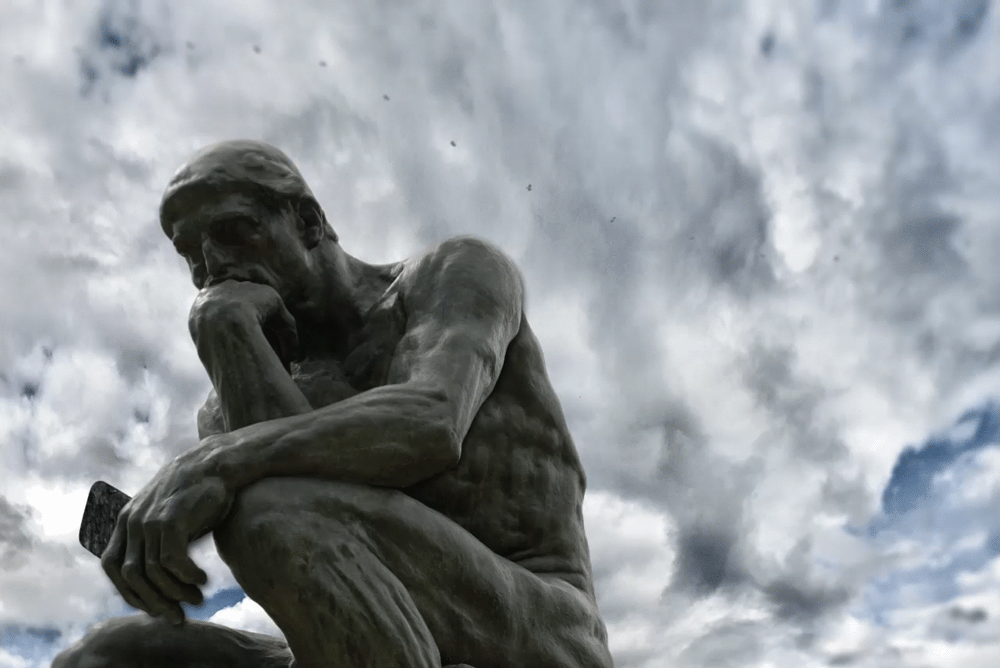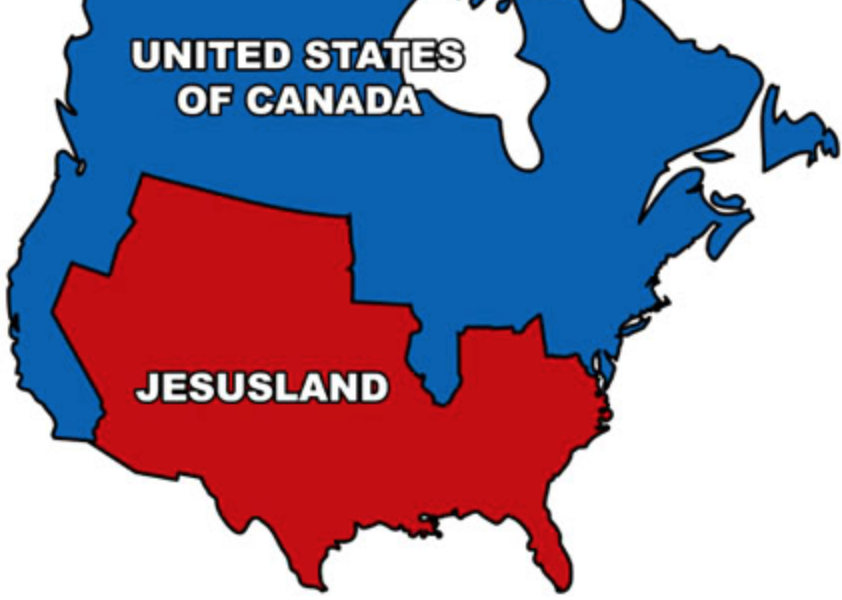The presidential race is just starting to heat up. While it may still be early, candidates are popping up every few days and announcing their intention to seek the Republican nomination in 2024.
Among those seeking to dislodge the early favorite — polling shows that to be former President Donald Trump — is Florida Gov. Ron DeSantis. This is the same man who has become something of a conservative darling in recent years for relentlessly going after “woke” ideology. His battle with Disney is an example of a culture war fight DeSantis hasn’t been afraid to address in recent years.
DeSantis has been criticized for many things, from whether his wife Casey is “a problem” to confusion over the pronunciation of his last name.
As the past weeks have shown, DeSantis’ foray into national politics has come shone a brighter media spotlight on him, his family and beliefs.
Yes, Christian beliefs. It’s true that DeSantis is seen as possibly the only candidate in the ever-growing GOP primary field capable of defeating Trump and possibly even President Joe Biden.
This increased scrutiny — both by the mainstream and religious press — has included whether or not DeSantis, a Catholic, is personally devout. I tackled this very topic more than a year ago in a post that ran under the headline “As Florida’s DeSantis wages culture war, his Catholic faith isn’t news — unless it’s used to attack him.”
Here was the main thrust of my argument:










